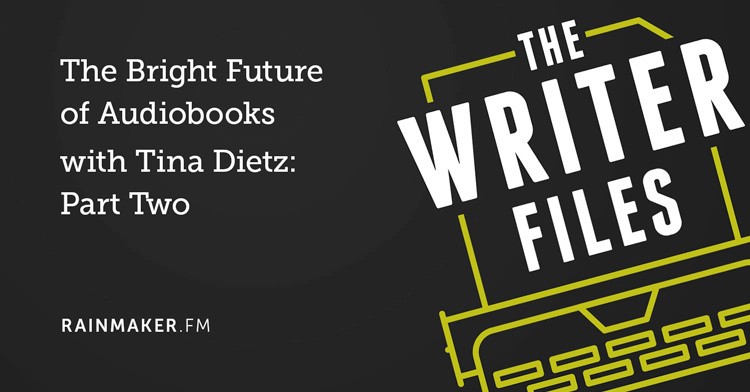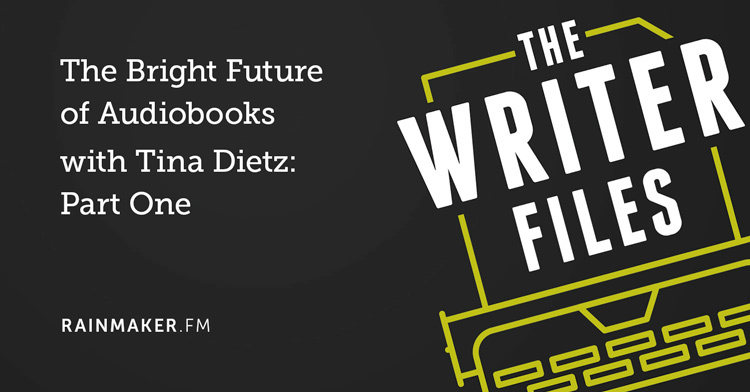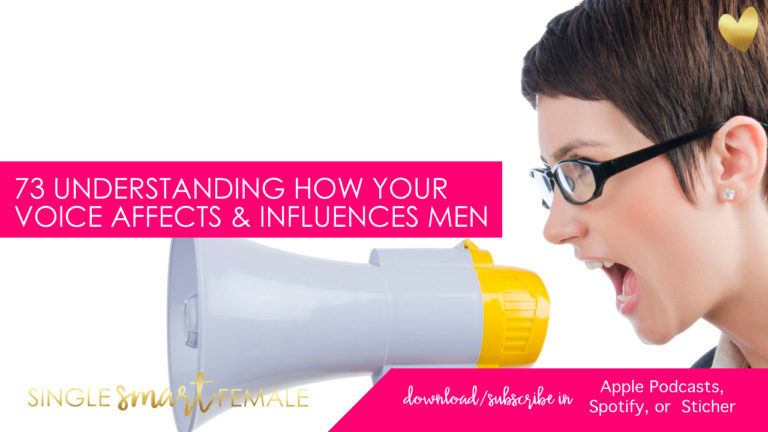How To Achieve Successful Collaboration In Your Business
When you gather people together, you are helping them get connected with one another. Let's talk about collaboration in your business.
How To Achieve Successful Collaboration In Your Business
The Small Business Collaboration talks with Tina Dietz, international speaker and owner of Start Something Creative Business Solutions, about how to create immediate trust and confidence in business collaborations. Tina discusses how communication is the heart of business and advocates for good communication, as it is critical to ensuring effective collaborations. Good leaders and business owners must have communication to run a successful business and to achieve the best collaboration (which can also help personal growth). When you gather people together, you are helping them get connected with one another. They get to see who you are deep down and connect on a level that isn’t based on small talk.
During the interview, Tina explains and touches on many collaboration key factors such as:
- The main ways that entrepreneurs are getting communication wrong and strategies to establish trust to build confidence
- How to recognize “Happy Puppy Syndrome,” which is when entrepreneurs get so excited and passionate about something their message can be overwhelming. You can get too excited and come at someone too strong with too much information, rather than letting them come to you
- Learning how to get a sense of non-attachment
- Learn how to trust yourself
- Have a system in place
- Trust and build relationships with colleagues without getting attached
Tina also brings in personal experience and excitedly talks about the collaboration that she is most proud of, which is the Evolutionary Business Council, a global organization of thought leaders, teachers, and people looking to make a difference in the world. The idea of the organization is to achieve shared influence and collaboration. She has been a part of this organization for a little over six years and has gained a number of amazing things from it, some which include:
- Collaborations
- Clients
- Friendships
- Media Attention
- Emotional support
She also talks about the keys to a successful collaboration:
- Use your inner and outer voice as a tool — The mechanics of it can be used to make people really want to learn more about who you really are, your credibility, and your trustworthiness
- Understand and align on a personal level with your own values
- Create company and brand that is based off of and aligned with your values
- Never force a connection
- Build a relationship that works for both parties
- Establish trust
- Communication structure: have a relationship where you feel safe communicating about all aspects of business
- Shared values, dreams, and goals between yourself and business partners
- Get things in writing, which falls under the category of clear communication
- Learn how to deal and flow with the unexpected
Collaborations aren’t always going to be successful; this goes for anyone. Sometimes on the surface, things can appear perfect, even with a friend. Intellectually, someone may have great ideas but not always follow through with those ideas. While this is harmful, it teaches you to count on yourself first and start smaller, to earn that trust and to ensure you are in alignment, not only verbally but also in reality. This is huge with not getting attached. Tina emphasizes multiple times how you are more successful when you aren’t attached to an outcome, which allows for you to communicate openly and freely. It’s okay if something doesn’t work out because there are other opportunities out there.
Being an entrepreneur can be a lonely journey, but collaborations are all about strength in numbers. Remember to always put yourself out there and ask for help, build relationships. When you put out an idea, you can quickly start to create collaborations that aren’t part of your core business that can take you in different directions that are equally exiting. There is unlimited growth in so many different areas and directions that you never even knew existed.
Want to learn more about how we can help you develop successful collaborations in your business?











